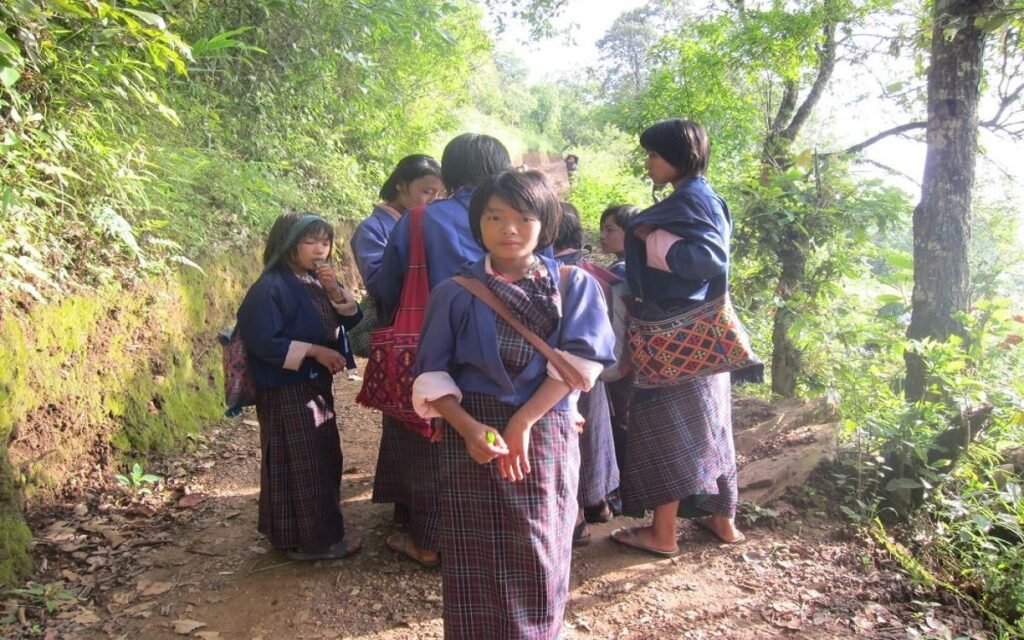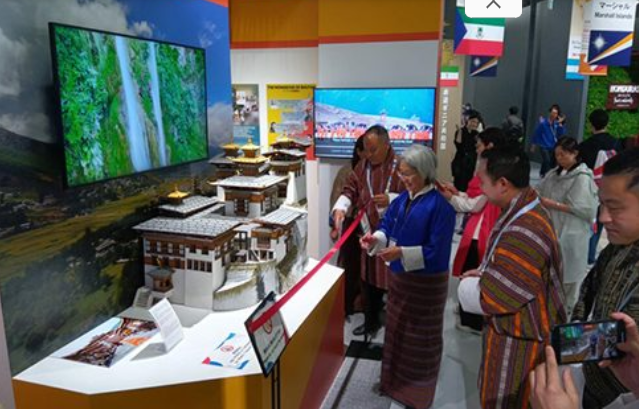
The One-Child, One-Egg initiative aims to combat malnutrition by providing essential nutrients to school children. However, achieving this in remote schools requires overcoming logistical challenges such as mountain trails, treks, and unreliable transport routes, with delivery taking up to a day in some villages. Malnutrition is a major issue in Bhutan, with 17.9% of children stunted, 8.7% underweight, and 36.5% anemic. Eggs, a superfood, are crucial for growth and cognitive function. Schools, like DPS in Trashiyangtse, are providing nutrition to isolated students. Egg transporters, like Ugyen Chophel and his friend, carry eggs to schools in Bhutan.
The One-Child, One-Egg initiative has expanded to 345 schools, benefiting 31,579 students. Poultry farmers supply eggs, with BLDCL acting as the aggregator. The journey takes seven hours from village to Thragom, Thragom, and Dukti. Bhutanese government is implementing a pilot program to supply eggs to 300 schools with 32,000 students. The initiative, which will cost Nu 101 million, will require 8.4 million eggs annually. The BLDCL buys eggs from farmers and supplies them from its own farms. The initiative faces challenges during the summer monsoon. BLDCL is partnering with Drukair to deliver eggs to remote highland schools, with UN funding for the first two years.



